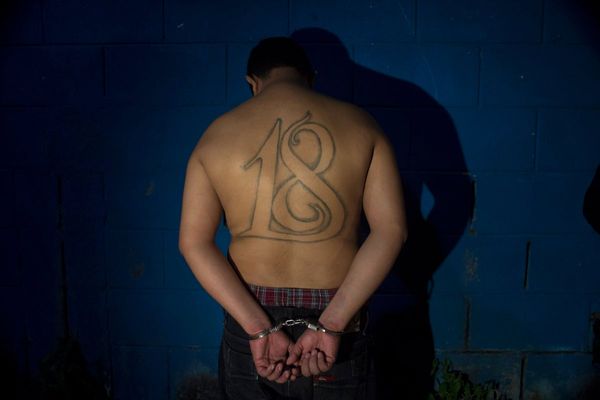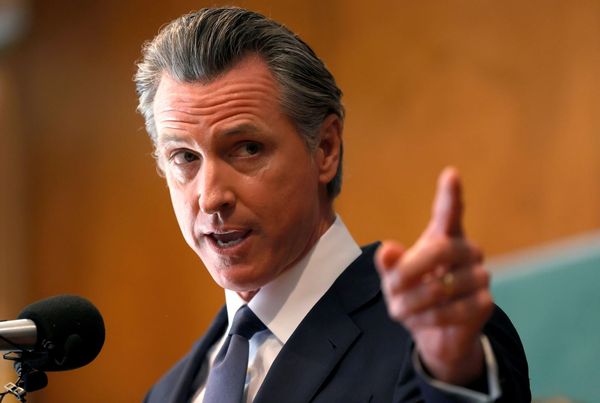
Domenico Scarlatti’s keyboard sonatas crop up regularly enough in recitals, most often in a group of four or five beginning a programme, or acting as a palate-cleanser between more substantial works. Concerts devoted exclusively to them are rare, but in doing precisely that harpsichordist Mahan Esfahani was on a mission to encourage his audience to see Scarlatti and his music on their own terms. “With each phrase of this truly original music”, he writes, “[Scarlatti] surprises us anew, with his humour and his empathy with his fellow humans, and ultimately reveals us to ourselves.”
Of the more than 550 sonatas Scarlatti wrote, Esfahani says, more than 90% are still largely unknown, and only 30 were published in the composer’s lifetime (as “Exercises”, in 1739). Esfahani included six of those in the 19 (with two more added as an encore) that he selected for his recital, presenting them all in a single span without an interval. He played sonatas that Scarlatti clearly intended as linked pairs with scarcely any break between them, like the two in F major, Kk296 and Kk297, with which he opened, the first almost Romantically effusive, the second extrovert and unpredictable, and together making the maximum contrast with the profoundly introspective F minor Kk466 sonata that followed them, whose expression “straddles the wide expanse of life between lullaby and funeral dirge”, according to Esfahani.
The unidentified harpsichord that he was playing seemed to have been chosen for its intimately expressive qualities, allowing him to trace melodic lines in silvery filigree, and to ensure that the denser harmonies also remained lucid. But it was clear, too, that he had planned his programme so that it built steadily, with the grandest, flashiest pieces reserved for the final quarter of his 80-minute sequence, whether that was the exuberance of the C minor sonata Kk116, the brilliance of the A major Kk24, or the quasi-operatic ornamentation and key shifts of the E minor Kk263. But the published programme ended on a quieter note, with the simple aria of Kk32 in D minor, which Esfahani played with just as much care and attention to detail as he had the most imposing and demanding pieces before it – a fascinatingly conceived recital, immaculately presented.







